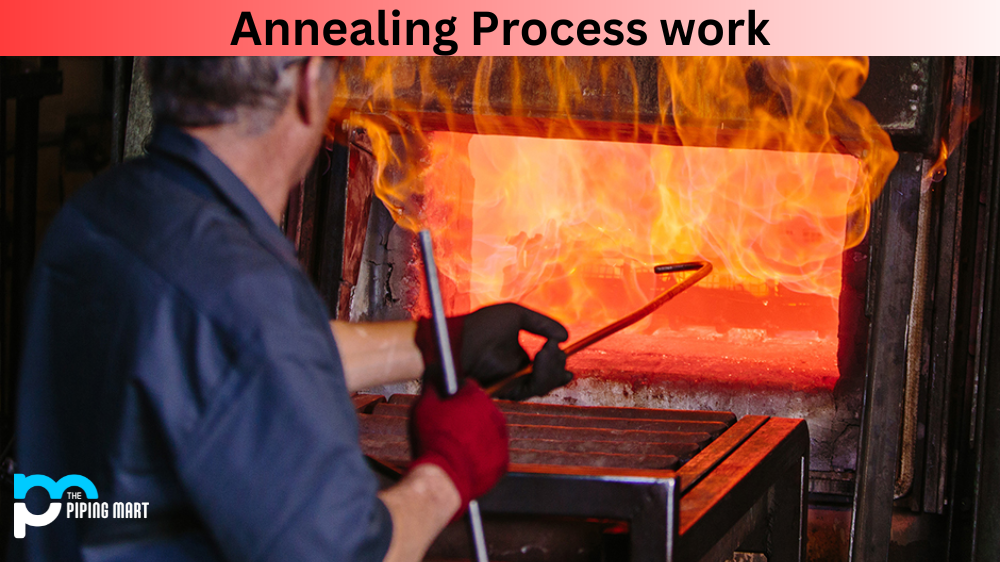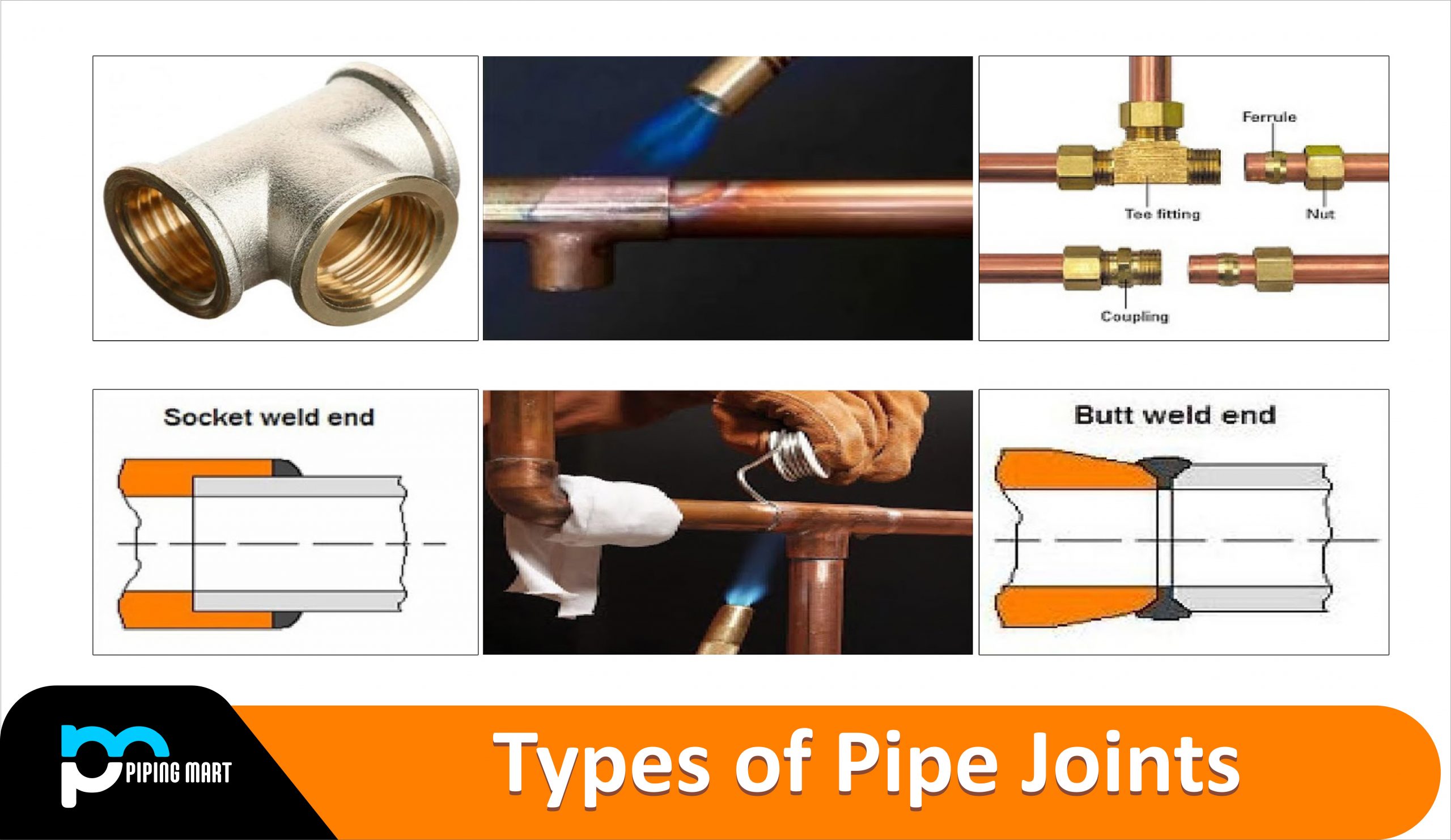What is Alloy Steel?
To improve the mechanical properties of the steel, it is alloyed with a variety of elements depending upon its future applications. Every steel is an alloy but not all steel is called alloy steel. However, the term alloy steel is the standard term that refers to steel with other elements added deliberately in addition to the carbon, such as nickel, chromium, manganese, molybdenum, boron, silicon, vanadium. And less common alloys include zirconium, lead, zinc, tin, tungsten, titanium, niobium, cerium, copper, cobalt, aluminum, etc. alloyed steels have improved properties like hardenability, hot hardness, corrosion resistance, wear resistance, toughness, hardness, strength.
Uses and Applications of Alloy Steel:
Alloy steels have a broad range of applications. Low alloy steel has applications in a wide range of industries due to its machinability, extreme strength, availability, and cost-effectiveness. It has applications in oil drilling platforms, pressure vessels, pipelines, ships, construction equipment, military vehicles, and structural components like HY100 and HY80. High alloy steels are widely applied in various applications due to their superior hardness, corrosion resistance, and toughness it is ideal for power generating equipment, chemical processing equipment, automotive applications, structural components, etc. also it is used for producing products such as flanges, wires, rods, rails, bars, griders, aerospace bodies, offshore and onshore structural engineering plates, etc.
Advantages of Alloy Steel:
- High tensile strength
- Lightweight
- Tough
- Durable
- Heat dissipation properties
- Efficient at high temperature
- Powerful parts
- Corrosion resistance
What is Carbon Steel?
Carbon steel is a special type of steel that has a higher concentration of carbon compared to other steels. Carbon steel with carbon components less than 0.30% is categorized as low carbon steel, carbon steel with carbon components between 0.30% to 0.60% is considered as medium carbon steel, and carbon steel which has carbon components of more than 0.60% is known as high carbon steel. High carbon steels are usually used in knives and tools. Though low carbon steel is more common compared to high-carbon steel because of its lower production cost, greater ductility, and ease of use in manufacturing.
Uses and Applications of Carbon Steel:
Carbon steel is one of the most preferable materials in the fields where higher strength is required. Various types of carbon steel pipes have a wide range of applications in various industries. Low carbon steel has applications in food cans, bridge components, construction components, pipes, automobile components, etc. Medium carbon steel is mostly used in crankshafts, train wheels, railway tracks, gears, and machinery parts that require higher toughness and strength. High carbon steel has applications in springs, high strength wires, cutting tools, large dies for cold presses, dies, cable wire, small forgings, car bumper, wrenches, hammers, anvil faces, band saws, cold chisels, hand tools, rock drills, punches, cold setts, shear blades, etc.
Advantages of Carbon Steel:
- Environment friendly
- Healthy and long-lasting for cookware
- Economical
- Safe to process
- Durable
- Good ductility
- Wear resistance and good strength

Pipingmart is B2B portal specializes in industrial, metal and piping products. Also, share latest information and news related to products, materials and different types grades to help business dealing in this industry.




